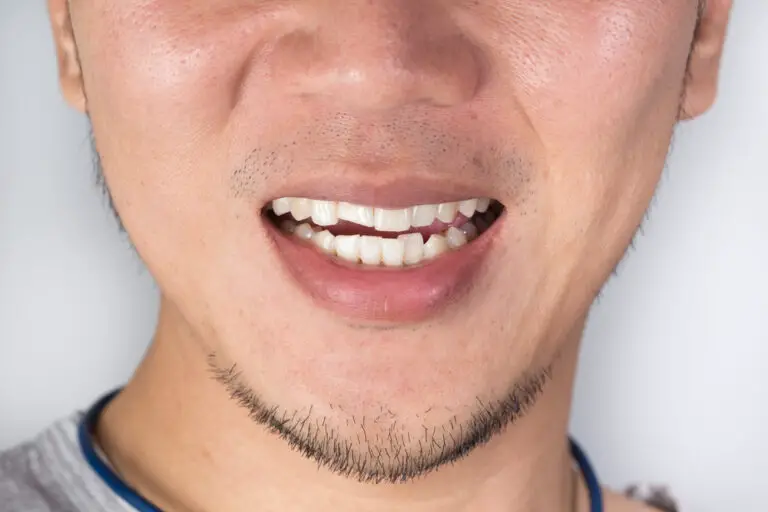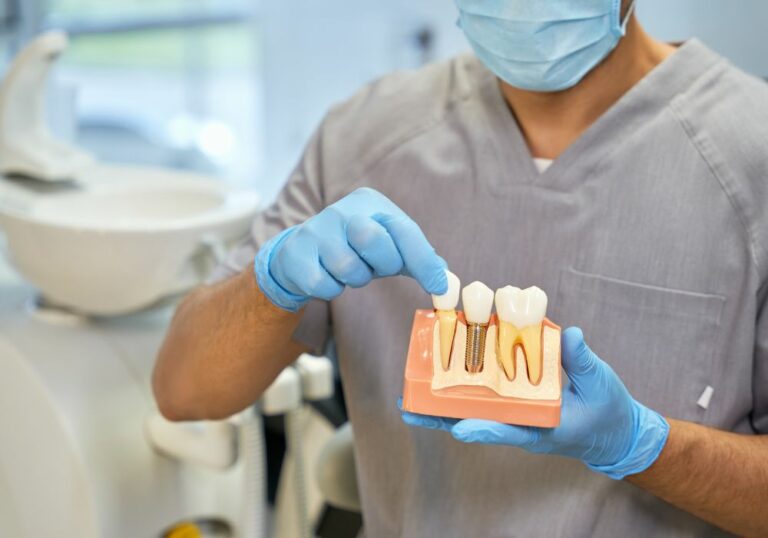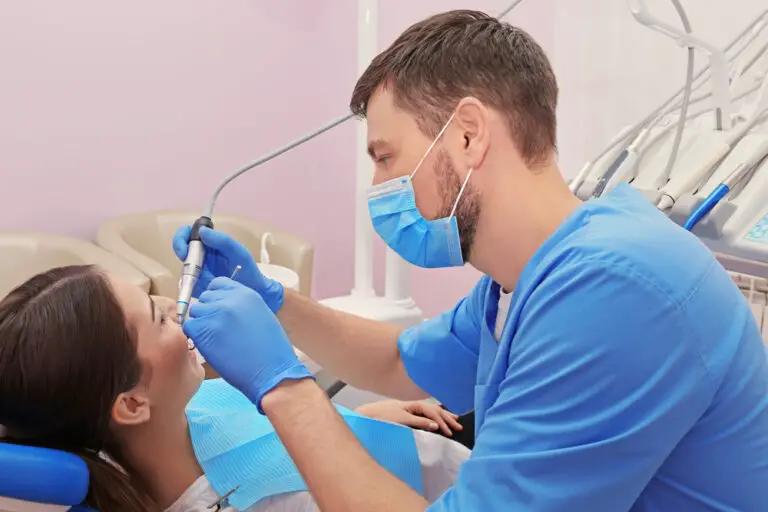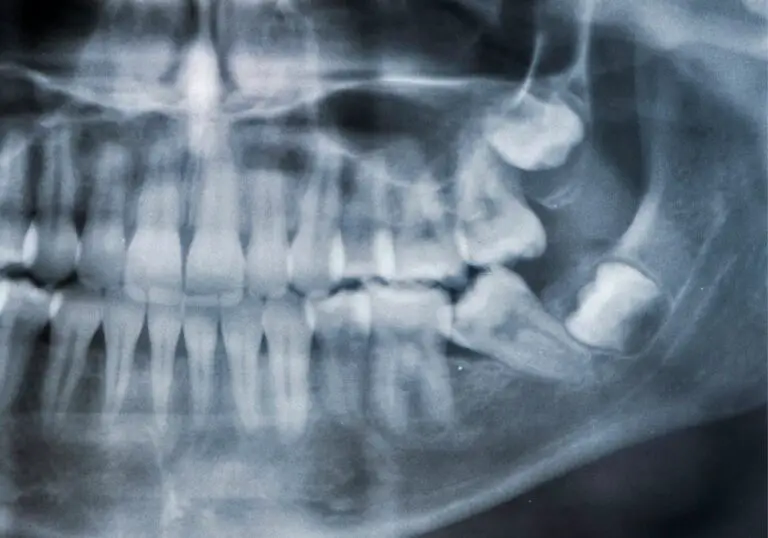While it’s not as talked about, puppies lose their teeth just as human babies do. They may not be as vocal about it, but a close look at their behavior will prove that it’s a similarly agitating and sensitive period for them.
Puppies lose all 28 of their baby teeth between 6 and 8 months of age. This is a much faster schedule than human children follow, but your pet will go through similar levels of discomfort and be similarly fussy.
Whether you’re a new or seasoned dog owner, it’s important to understand how your dog’s teeth develop, what they’re used for, and how to keep their oral health in top form. Keep reading to learn all of that (and a bit more) in this article.
Development of Puppy Teeth
Puppies don’t pop out of the womb with a full set of teeth, and they don’t go straight into their adult set, either. Like similar mammals, puppies remain toothless while nursing, teeth only emerging once they start to wean.
After all, they don’t need their teeth until the introduction of more solid food around 5 to 6 weeks (and mom definitely doesn’t want those razor-sharp pup teeth on her after this change starts).
They don’t keep the puppy teeth for very long, and their mouths go through an odd cycle of gaining the 28 deciduous teeth before swapping them for 42 permanent teeth in a matter of a few months.
While the timeline differs depending on your particular puppy, most complete the cycle by the time they are 8 months old.
Baby Teeth
Most of a puppy’s baby teeth emerge between 3 and 6 weeks, but some smaller breeds may take a longer time to develop.
Most follow a similar schedule.
| Type of Baby Teeth | Number of Teeth | Age at Emergence |
| Incisors | 12 teeth (6 sets) | 4 to 6 weeks |
| Canines | 4 teeth (2 sets) | 3 to 5 weeks |
| Premolars | 12 teeth (6 sets) | 5 to 6 weeks |
As you can see, puppies do not have a full set of teeth quite yet. While they’re certainly coming, their jaws are much smaller than they will be as adults. The baby teeth are smaller and fewer in number, but they’re more than enough to bite, tear, and grind up whatever food is available.
Teething and Adult Teeth
Teething happens when a puppy’s baby teeth are coming in, but it’s not as noticeable until you’re the one in charge. This gives you about 6 weeks before you start to notice symptoms of the teething process, including:
- Whining
- Drooling
- Nipping
- Bad breath
- Slight (very slight) bleeding
You may not notice the tiny teeth shed all over your home, but your dog’s mouth is going through some serious changes. When it’s done, they will have 42 full-size teeth ready to stir up some new trouble.
| Type of Adult Teeth | Number of Teeth | Age at Emergence |
| Incisors | 12 teeth (6 sets) | 2 to 5 months |
| Canines | 4 teeth (2 sets) | 5 to 6 months |
| Premolars | 16 teeth (8 sets) | 4 to 6 months |
| Molars | 4 on top; 6 on bottom | 4 to 7 months |
The latest you should expect teething to end is around 9 months (unless otherwise indicated for your dog’s breed). This leaves ample time for the last tooth to settle in and the gums to finally settle down.
Types of Puppy Teeth
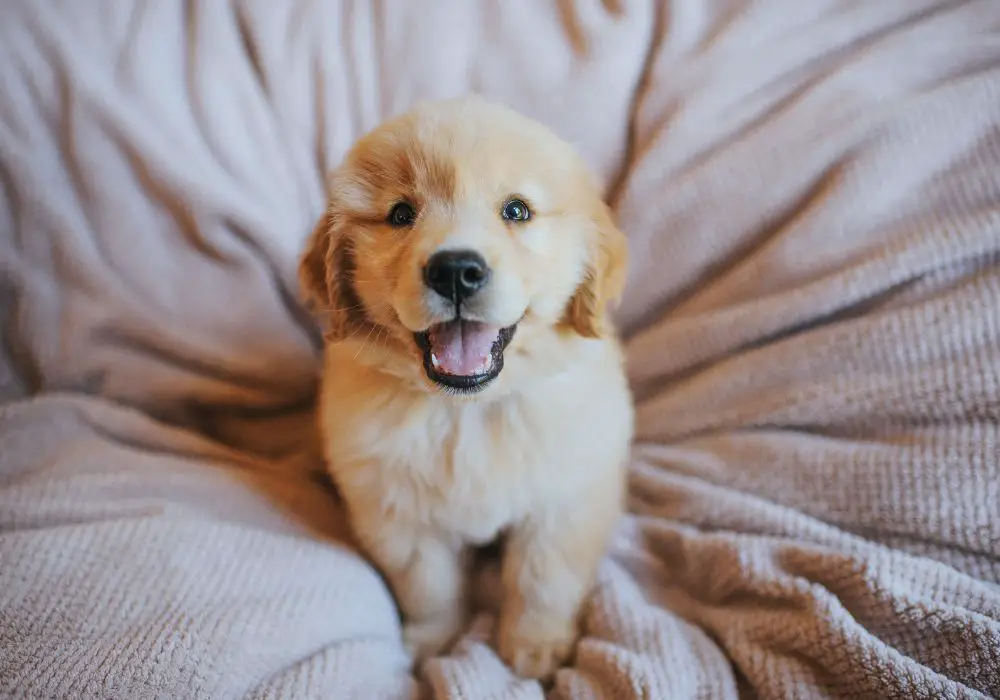
As you can see, puppies have three types of teeth:
- Incisors
- Canines
- Premolars
Molars are missing from this list. Premolars accomplish a similar function but take up less space than the larger adult tooth.
Incisors
Incisors are the small teeth up front used to grab things and nip. They’re smaller than most other teeth, but sharp and well-suited for grasping and ripping things up (moreso the shoes you left out than a carcass mom brought home).
Incisors also help your puppy keep their coat relatively clean. They use these teeth to explore their world and remove harmful objects, like stickers in their paw pads.
Canines
Canine teeth, also known as cuspids, are easily recognized. These sharp teeth are the longest your puppy develops, and they have a slight curve to allow them to lock into something and tear it apart.
For domestic dogs, these fangs are usually reserved for soft toys and games like tug-o-war. The canines have only one root per tooth, and they’re often the last teeth your puppy loses.
Premolars
Premolars start behind the canines. While they’re similar to molars you may be more familiar with, they’re smaller and better suited to the growing mouth of your puppy.
Premolars have 1 or 2 roots. Unlike human teeth, these have more of a serrated appearance, and they’re used to grind up and saw through food (or the limbs of poor stuffed animals).
Puppies will replace these with adult premolars and add on larger, tri-rooted molars that accomplish the same task.
Caring for Puppies When Teething
Proper care is essential for the health and social development of your puppy. When it comes to losing their milk teeth, you want to focus on:
- Setting up proper oral hygiene habits
- Utilizing the right teething toys
- Affirming good habits
While most dog owners are united in these fronts, the trials you face may be different depending on your puppy’s personality and breed.
Make sure you understand any dental concerns or habits for your dog’s breed before you hit this mark. Generally, smaller breeds have a longer timeline for teething and may have more issues throughout.
Oral Hygiene for Dogs
Your puppy doesn’t need to sit perfectly for their dental cleanings, but now is the perfect time to get them comfortable with regularly brushing. We recommend you introduce toothpaste, toothbrushes, and cleaning routines as soon as possible.
Use a dog-specific toothpaste with the VOHC seal of approval–human toothpastes contain harmful fluoride levels, and puppies cannot spit out the foam. While toothbrushes are ideal, you can also start out with finger brushes, washcloths, or even your bare finger to get your puppy acclimated.
Once they’re used to the items you can start a structured brushing routine.
- Add toothpaste to the brush, then insert it between their cheek and teeth. (It’s perfectly fine to stop here until your puppy starts to tolerate it.)
- Work from the back teeth to the midline, using a back-and-forth motion, then switch the other side.
- Start at the midline again, this time continuing to the front.
Their tongue usually takes care of plaque on the inside of the teeth, so you can focus on the fronts. It takes about 30 seconds to clean each side, but it’s okay to go for shorter if that’s all your dog will tolerate.
Proper oral hygiene and toleration of mouth-handling is important to prevent and treat dental issues in the future.
Proper Teething Toys
Just like children, your puppy will benefit from appropriate teething toys while they lose their teeth. Unlike their usual toys, these may have special features designed to soothe aching gums.
Some examples include:
- Cooling sticks
- Chew rings
- Puppy Kongs (including the classic design)
- Textured toys
Focus on soft rubber–you don’t want anything hard enough to fracture their teeth or bruise their gums. Some breeds may require investment in more durable toys to ensure they don’t become a choking hazard.
Affirming Good Habits
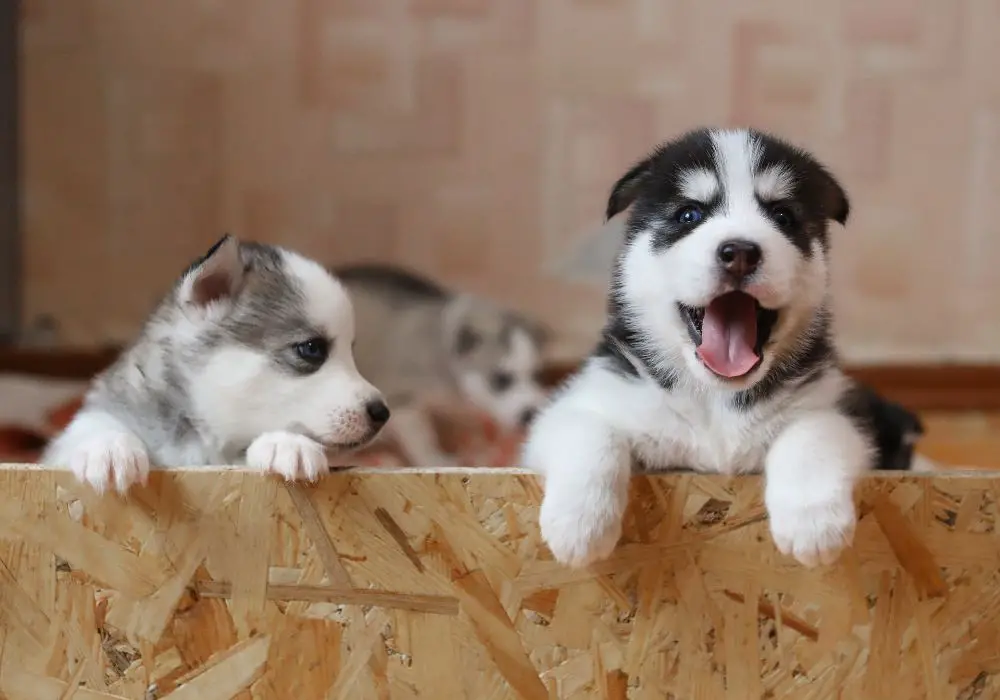
You can sympathize with the hardships of teething while setting up proper boundaries for your puppy (and yourself).
To start, don’t pull loose puppy teeth. This may have a decent success rate in humans, but it’s bound to do more harm than good in your canine companion. If there’s actual cause for concern, you need to get your veterinarian involved.
Moving on to your puppy:
Understand that dogs explore the world differently than we do. While we focus on what we can see and touch, dogs are more likely to dive in with their teeth and their sense of smell. Puppies, who are experiencing everything for the first time, will put everything in their mouth (even when they’re not in pain from teething).
Keep your living space as clean as possible, and do not leave your puppy unsupervised (no matter how mature they seem). If you must leave them alone, section off a safe area empty of anything they could chew up or ingest.
They may decide to chew on you while teething or exploring their world. It may not seem like a problem while they’re small, but it’s something you should nip in the bud. While it’s socially acceptable for dogs to interact with their mouths toward each other, it could create issues the bigger your puppy grows.
Redirect their chewing habits to a toy so they understand that your skin is not appropriate to gnaw on. Make sure you introduce appropriate ways to socialize, including plenty of play without their mouth on you.
Conclusion
Unless they’re dealing with an issue like overcrowding or dental retention, your puppy should lose all 28 baby teeth by the time they’re 8 months old. If you’re ever worried about their development during this time, their veterinarian can confirm or assuage your concerns.
Remember to:
- Introduce oral hygiene as early as possible
- Invest in quality teething toys
- Set boundaries regarding what they can and cannot bite
Most dogs have a solid start to their oral health. Feel free to drop any other questions you have in the comments below.


